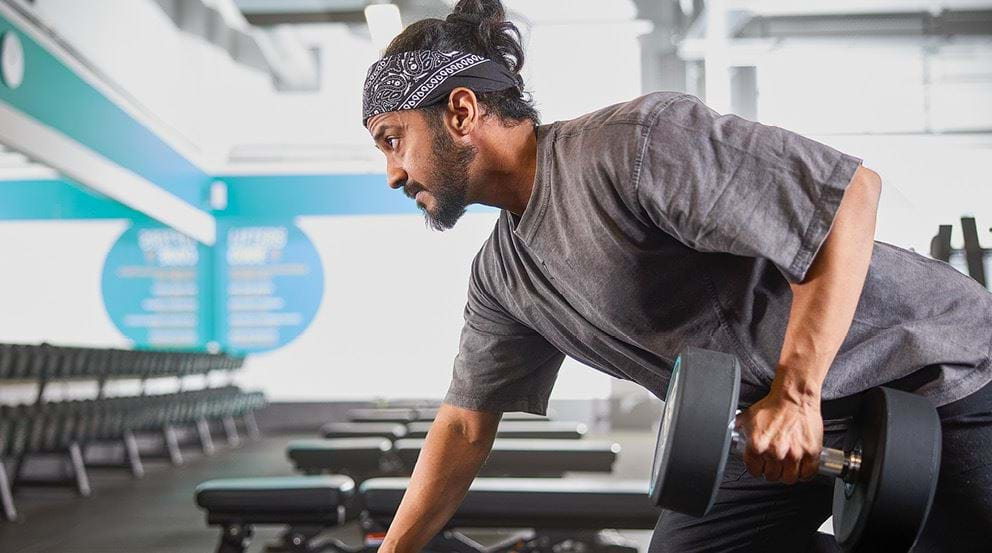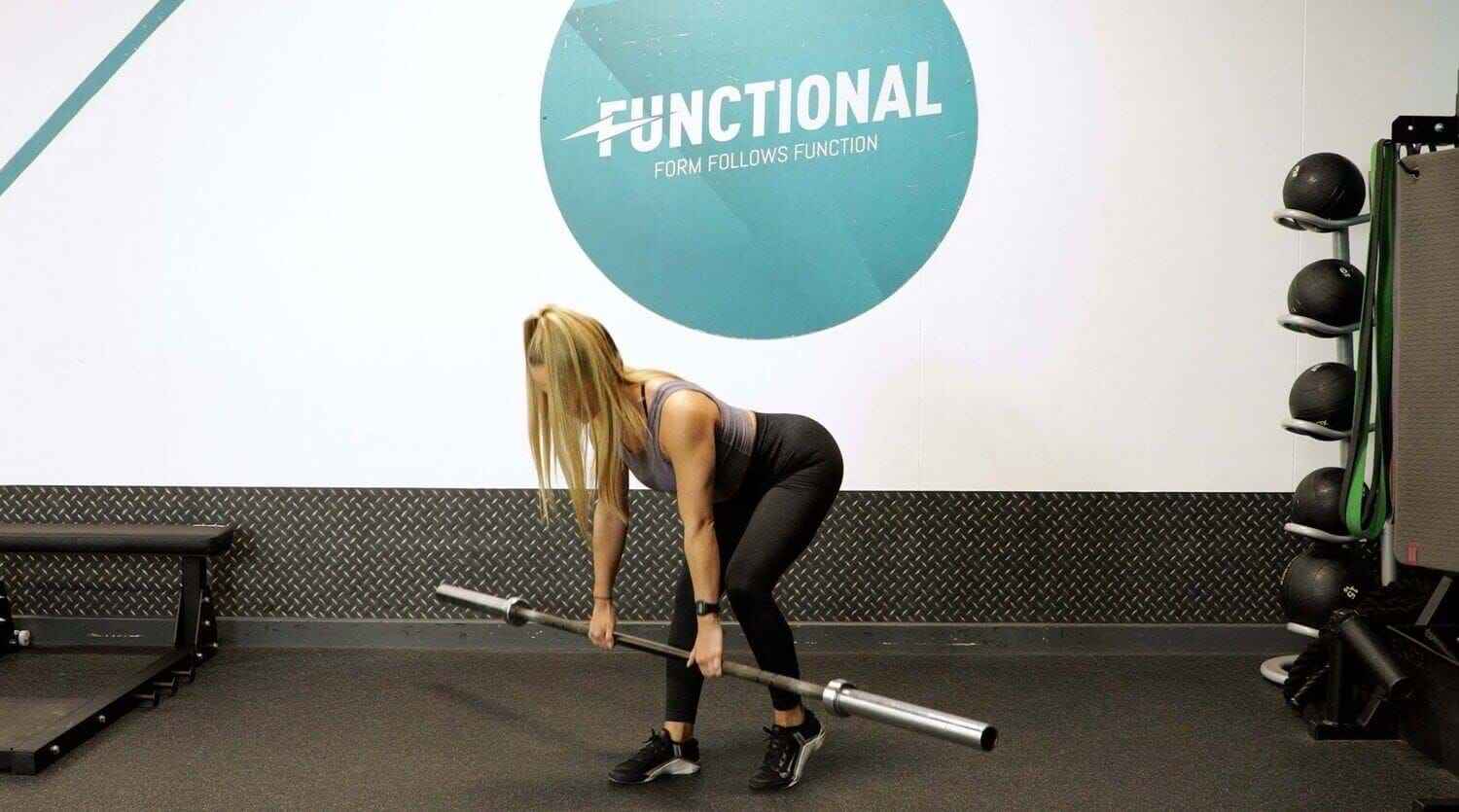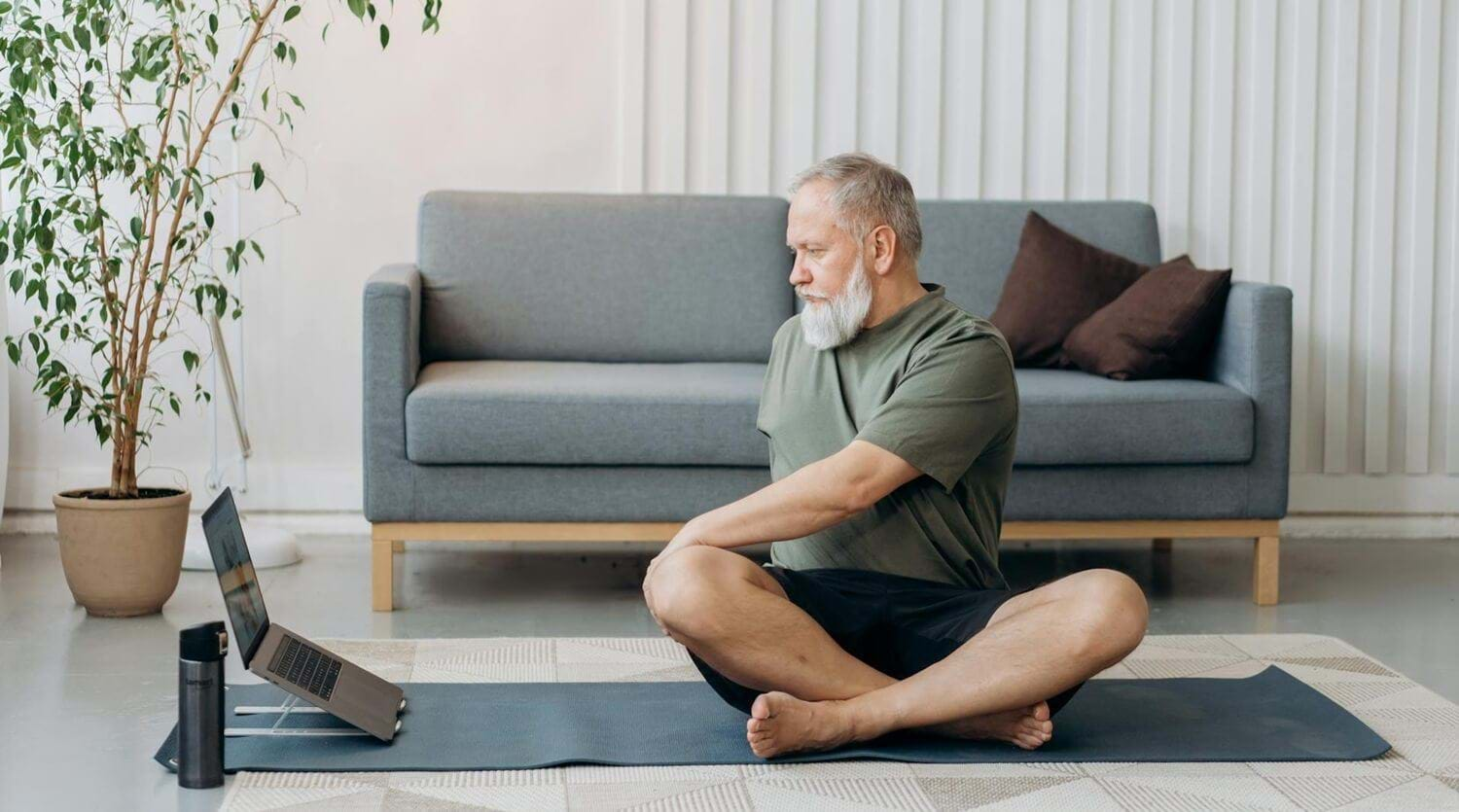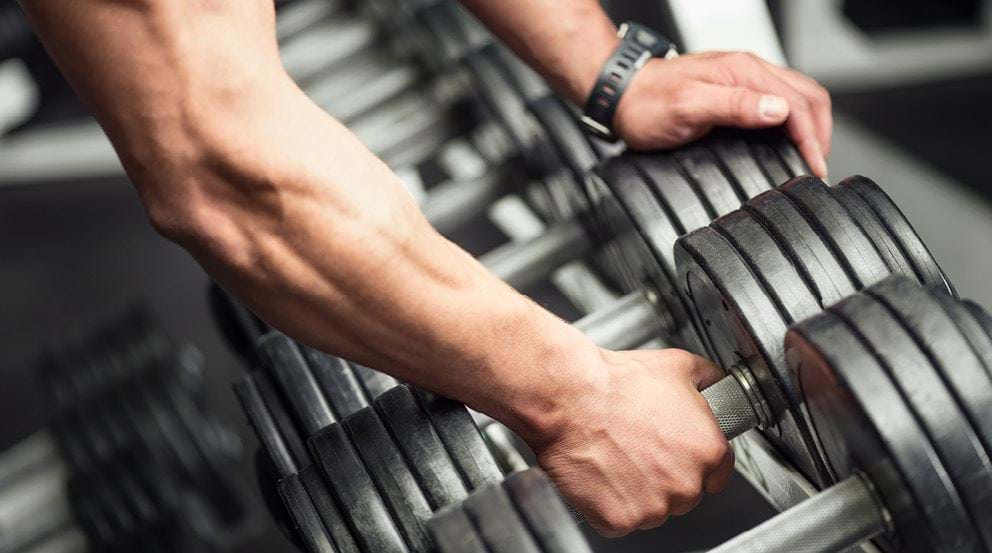How Many Sets and Reps Should You Do? A Guide to Building Muscle, Strength, and More

What Are Reps And Sets | Which Is More Important | Rest | Strength | Muscle Growth | Fat Loss | Lean Muscle | Workout Plans
If you've been training in a gym or looking at workout plans, it's likely you've come across the term reps and sets. This commonly used gym phrase is a fundamental part of any strength training programme, and knowing how they can impact your training outcomes can help you to plan your workouts to suit your fitness goals.
In this article, PureGym Wembley Central based Personal Trainer Yvonne Formosa explains what reps and sets mean and how many sets and reps you should do depending on your fitness goal.
What Are Reps And Sets?
Reps, short for repetitions, refers to one full movement of an exercise from start to finish. Sets are a group of reps performed after each other without rest, with a rest interval between each set.
For example, 3 sets of 8 squats would be doing 8 squats in a row, three times with a rest in between each set of eight.
Reps and sets are important to help structure your workouts and keep track of your progress.
Are Reps Or Sets More Important?
Reps and sets are a way to plan and progress your workout volume, with neither more nor less important than the other: you can achieve the same amount of volume doing 8 sets of 3 reps as doing 3 sets of 8 reps.
However, changing the combination of reps and sets along with the load lifted can help you to achieve different fitness goals more effectively, which is looked at in more detail below.
How Long Between Reps And Sets?
Lifting weights requires the muscles to use their energy stores to produce force. As blood is pumped around the body, it delivers oxygen and nutrients to the muscles which can be used as energy. Resting between sets allows your muscles to recover from the previous set, so that they can produce as much force and intensity in the next set.
The rest time can vary between 1 – 5 minutes depending on the intensity and volume of each set.
How To Choose Your Reps And Sets Based On Your Fitness Goal
Changing the number of reps and sets, along with the weight lifted, can help you to reach your fitness goals more effectively. For strength, go for higher weights lifted for lower reps. For maintaining or increasing muscle mass, moderate weights lifted for moderate to high reps is best.
Not sure what type of training you want to do? Check out our guide to different strength training styles here.
How Many Reps And Sets For Building Strength?
3 - 5 sets
1 - 5 reps
2 - 5 minute rest
If your main goal is to build strength as quickly as possible, you should focus on lifting heavy weights. This means dropping the reps, as your muscles will tire out more quickly than using moderate weights, and increasing the rest period to allow full recovery.
Choose a weight that you can move with control, but are unable to complete more than 1 - 2 reps more than your goal reps. Increase the weights each week to build strength over time.
How Many Sets And Reps For Hypertrophy?
3 - 5 sets
6 - 12 reps
1 - 3 minutes rest
When it comes to building muscle mass, moderate reps and moderate to high sets helps to create the volume and time under tension needed to stimulate muscle growth. Choose weights that take you close to failure in each set and aim to progressively overload by increasing either the weights or reps each week.
How Many Reps And Sets For Cutting And Fat Loss?
3 - 4 sets
8 - 12 reps
1 - 2 minutes rest
Preserving muscle mass should be a key training focus when cutting, as it helps to ensure that any weight lost is fat loss rather than muscle loss. Going for moderate reps and moderate to high sets as you would for muscular hypertrophy helps to stimulate muscle growth, preventing the body from using muscle as fuel.
How Many Reps And Sets For Maintaining Lean Muscle?
3 - 4 sets
8 - 12 reps
1 - 2 minutes rest
Maintaining lean muscle follows the same reps and sets as fat loss and muscle hypertrophy, as the muscles still need to be stimulated to maintain their size. However, if you only want to maintain your muscle mass rather than increase it, you don't need to train as close to failure.
Example Training Plans Using Different Rep/Set Ranges
Because the optimal reps and sets differ for different workout goals, workout plans will look different depending on what you want to achieve. Here are some example full body workout plans for different objectives.
Training For Muscle Growth
If building muscle mass is your main goal, train each muscle group 2-3 times a week, focusing on moderate to high reps and moderate weight.
Barbell squats - 3 x 10-12 reps, 1 minute rest
RDLs - 4 x 8-10 reps, 1 minute rest
Bent over rows - 3 x 10-12 reps, 1 minute rest
Dumbbell chest press - 4 x 8-10 reps, 1 minute rest
Shoulder press machine - 3 x 8-10 reps, 1 minute rest
Get more workout plans for muscle growth here.
Training For Strength
For strength, lift weights 3-4 times a week and include some explosive plyometric exercises as part of your warm up, as a finisher, or in your cardio workouts.
Barbell squats - 5 x 5 reps, 2 minutes rest
Barbell deadlifts - 4 x 5 reps, 2 minutes rest
Lat pulldowns - 4 x 5 reps, 2 minutes rest
Barbell bench press - 5 x 5 reps, 2 minutes rest
Overhead press - 4 x 5 reps, 2 minutes rest
Training For Fat Loss
Your main focus when training for fat loss should be maintaining muscle mass while you lose weight. Include a mixture of cardio workouts to increase your weekly calories burnt, and 2-3 strength workouts each week to preserve muscle.
Barbell squats - x 3 10-12 reps, 1 minute rest
Hip thrusts - 3 x 10-12 reps, 1 minute rest
Seated rows - 3 x 8-10 reps, 1 minute rest
Shoulder press machine - 3 x 10-12 reps, 1 minute rest
Chest press machine - 3 x 10-12 reps, 1 minute rest
Ready to smash your goals? Find more workouts to try here, or work with a Personal Trainer like Yvonne for more tailored advice. Find your nearest gym here to get started today.


